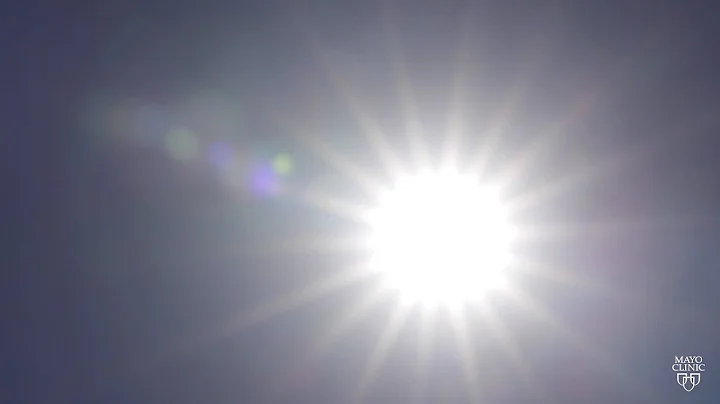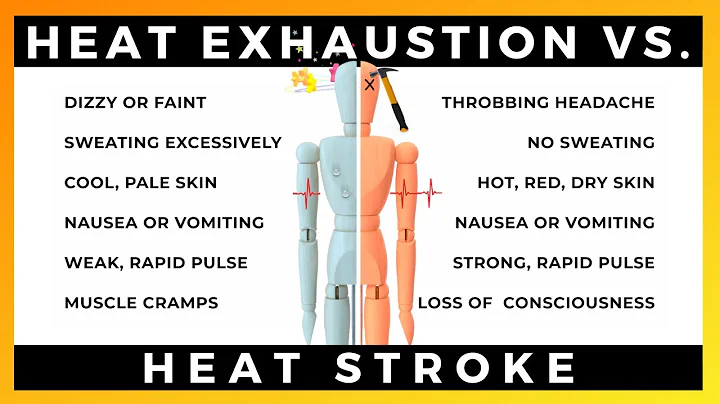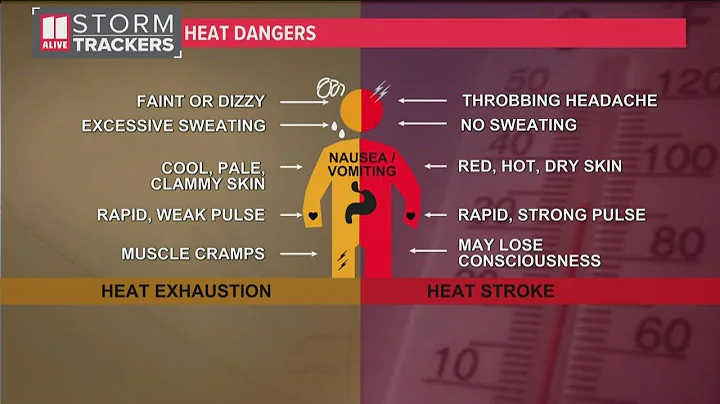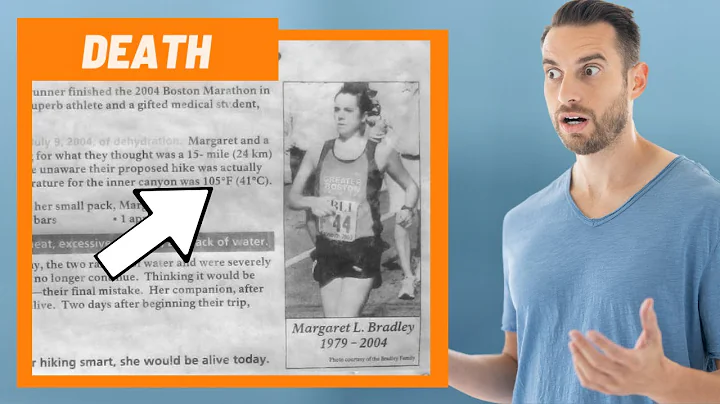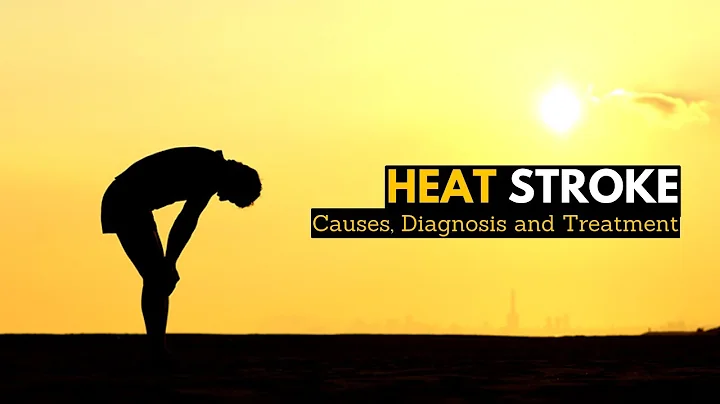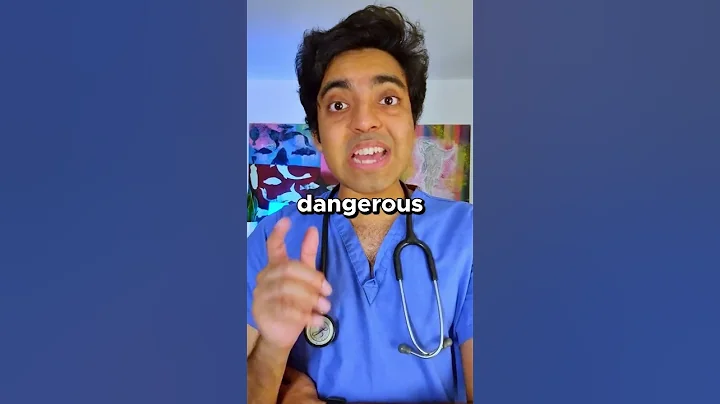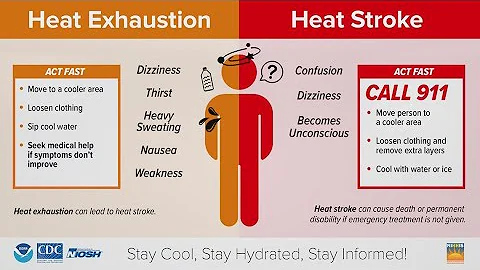1. The difference between heat stroke and heat stroke

Heat stroke is a symptom of headache, dizziness, thirst, sweating and other symptoms that appear after being exposed to a high temperature environment for a long time. The body temperature is normal or slightly elevated at first. When the core body temperature continues to rise above 38 degrees Celsius, in addition to the above symptoms, there will also be symptoms such as flushing of the face, profuse sweating, burning skin, and clammy limbs. Without timely intervention, it can gradually develop into coma with twitching of limbs, and in severe cases, multiple organ failure.
Heat stroke is the most serious type of heat stroke. It is an imbalance in body temperature regulation caused by exposure to hot environment or strenuous exercise. It is characterized by an increase in core temperature (>40℃) and abnormalities in the central nervous system. It is a clinical syndrome characterized by burning skin, disturbance of consciousness (such as delirium, convulsions, coma), and multi-organ system damage.
2. Three typical manifestations of heat stroke

Heat stroke is more common in healthy young people and often occurs during heavy physical labor and strenuous exercise. It often manifests as high fever, convulsions, coma, excessive sweating or no sweating, and fast heart rate. In severe cases, multiple organ failure may occur, which is life-threatening. The three manifestations of heat stroke are high fever, anhidrosis and disturbance of consciousness. Patients with high fever generally have a body temperature that exceeds 41 degrees Celsius. Patients with anhidrosis will have dry, hot skin, no sweat, flushing or paleness. Cyanosis will occur when peripheral circulatory failure occurs, and the patient will experience disorder of consciousness, which generally manifests as twitching of the muscles throughout the body. The patient's breathing will be shallow and fast, and will show tidal breathing in the later stage. If the patient's condition further develops, At first, the pupils are constricted, and later they are dilated, and the light reflex is slow or disappears. In addition, because the patient is in a deep coma, pulmonary edema, cerebral edema, liver and kidney failure, gastrointestinal bleeding, and diffusion may occur. Sexual intravascular coagulation.
3. Immediately cool down and seek medical attention promptly.

Quickly lift the patient with heat stroke to a cool and ventilated environment, lie down, put the head slightly elevated, take off the patient's clothes, and use a paper fan or electric fan to fan the patient. At the same time, wipe the body with cold water or spray to speed up the dissipation of heat in the patient's body. If possible, alcohol can be used to wipe the body and dissipate heat. Ice cubes can also be placed in plastic bags and placed on the patient's forehead, neck, armpits and thighs. If cooling conditions such as fans and ice cubes are not available, the patient can also be directly immersed in water to cool down. The rescuer should always keep the patient's head above the water to prevent the patient from drowning. The above cooling treatment time should not be too long, as long as the patient's body temperature drops and he wakes up. In order to prevent the skin from cooling quickly, causing subcutaneous blood vessels to constrict and hindering the dissipation of heat in the body. The rescuer should also massage the patient's limbs and trunk from time to time until the skin becomes red, so as to promote circulating blood and bring body heat to the body surface for dissipation.

Heat stroke patients drinking water when unconscious may easily cause to inhale . At this time, it may cause respiratory tract obstruction and form new pneumonia . It is not recommended, but if the patient is awake, such a situation Proper hydration can still help. Those who are conscious can be given heat-clearing and heat-clearing medicines such as refreshing drinks, sugar-salted water, human elixirs, ten drops of water, or Huoxiang Zhengqi water.

If the patient is unconscious, you can acupuncture or pinch the patient's Renzhong point , which is located at the junction of the middle and upper 1/3 of the nose and lips. Neiguan point , located about 5 cm above the inside of the wrist and Hegu point , which is tiger's mouth and so on. Prompt the patient to wake up. If vomiting occurs, the head should be tilted to one side to prevent the vomit from entering the trachea and causing suffocation. For patients with persistent high fever or symptoms such as cramps, while actively carrying out the above treatments, they should be sent to the hospital for rescue as soon as possible.
